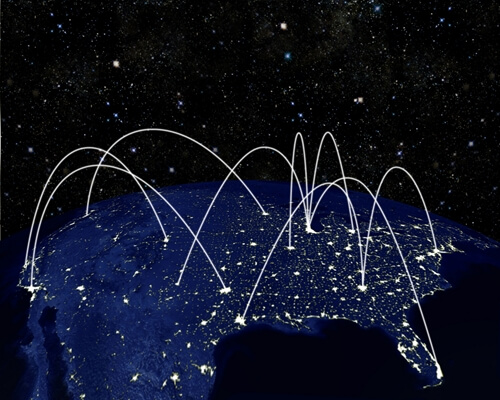The importance of visuals in nonprofit fundraising

For nonprofit fundraising professionals, it’s always a challenge to balance visual content with other kinds of information. The answer is somewhat contextual, meaning every situation requires a different strategy. For example, a brochure or catalog rich in pictures and graphics-based information can provide existing donors with a clear link between their contributions and the results in a given community. At the same time, this might not be as effective with donors or prospects who haven’t established a strong relationship with an organization. Before establishing this connection, nonprofits need to make the case that a community of individuals with similar concerns can come together for positive change.
Campaign mapping
During fundraising drives, it’s important for donors to see to what extent the community of contributors is connected. Public broadcasters, in particular, have tools at their disposal to be more visual in creating excitement and a sense of belonging among like-minded individuals. Software for nonprofits provides an excellent resource for organizations looking to instill a more visual element in their fundraising efforts.
For pledge drives, organizations can refer to campaign mapping to identify the areas that donors come from as they make contributions in real time. By incorporating fundraising software with online tools like Google Maps, nonprofit groups can help generate momentum during a giving campaign by showing donors the extent to which others are participating and encouraging them to become part of the drive. Instead of simply reading off a list of figures as donations come in, nonprofit groups can involve their audience more directly by giving them an accurate visual portrayal of how much of an impact a given fundraising effort has.
Establish an emotional connection
At the same time, the digital advertising firm Impression Marketing explained that visuals elicit an emotional response while a paragraph of writing doesn’t always hit donors as hard. This idea can lead to a more robust strategy and results because people tend to absorb ideas more deeply through visual cues, according to the marketing website.
The Chronicle of Philanthropy echoed this insight by suggesting nonprofit organizations should train internal staff to create program-specific content. Unlike stock images, authentic pictures of an organization interacting with the community are far more effective in demonstrating an enterprise’s commitment. That being said, it’s important that the staff member or team given this responsibility has the requisite skills with graphics and visual design to ensure the content is professional.